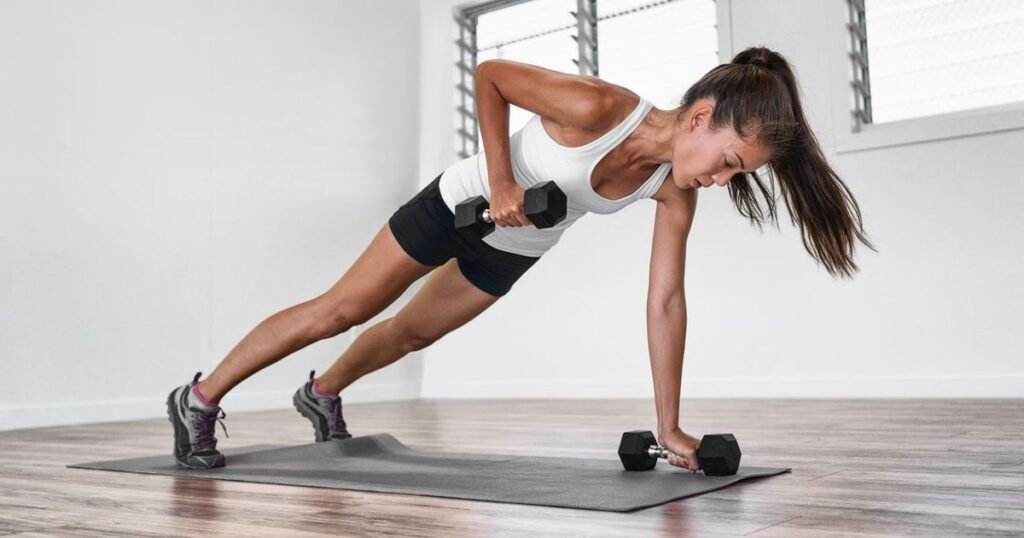15 Dumbbell Exercises for Weight Loss (Best work out)
In the journey towards weight loss and improved fitness, dumbbells stand out as versatile tools that can dramatically transform your body composition while boosting metabolism. This comprehensive guide will explore the most effective dumbbell exercises for weight loss, backed by scientific research and expert recommendations.
You willl find bellow our three full guide for weight loss : Dumbell work out, diet tips and body recovery
What is a dumbbell ?

A dumbbell is a versatile piece of fitness equipment consisting of two equal weights attached to a central handle, used primarily for strength training and exercise
Originally inspired by ancient Greek halteres, the term “dumbbell” emerged in 1711 England, named after a silent church bell-ringing practice device
Modern dumbbells are manufactured from materials like cast iron, steel, rubber, or urethane and come in both fixed and adjustable weight variations. These compact training tools are essential for building muscle strength, improving range of motion, and enhancing overall fitness through various exercises targeting specific muscle groups.
READ MORE: Abs Workout Complete Guide, NO MORE WEAK BODY CORE!
Why Choose Dumbbells for Weight Loss?
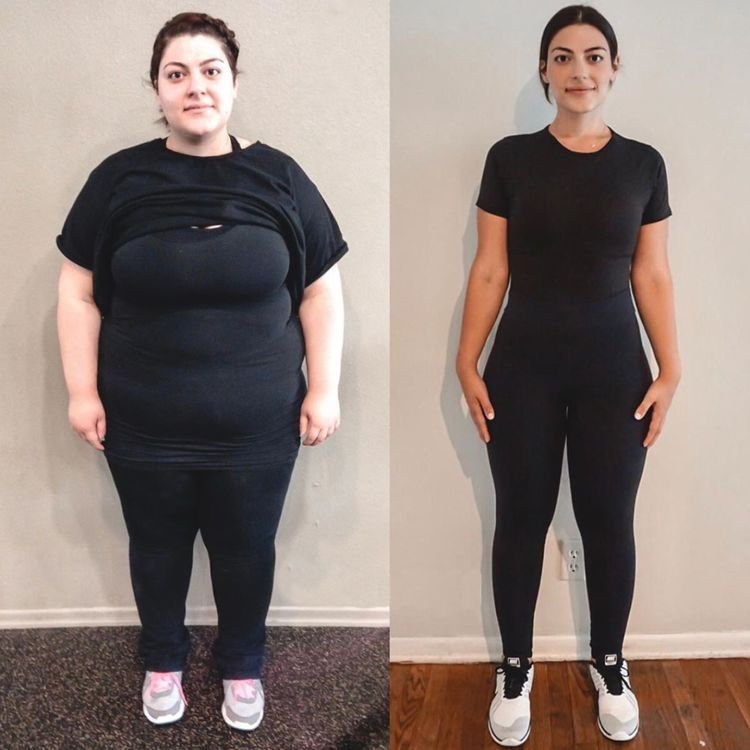
Before diving into the exercises, it’s important to understand why dumbbell workouts are particularly effective for weight loss. Research shows that strength training with dumbbells can increase your resting metabolic rate by approximately 5% over nine months. This increase in metabolism is crucial for long-term weight management and fat loss.
Dumbbells offer several unique advantages:
- They allow for a greater range of motion compared to barbells
- They help identify and correct muscle imbalances
- They’re perfect for both compound movements and isolation exercises
- They’re excellent for unilateral exercises that engage core muscles
Safety First: Essential Guidelines
Before starting any dumbbell workout routine, it’s crucial to understand proper safety protocols:
1. Warm-Up Properly: Begin with dynamic stretches and light cardio to raise your core temperature and lubricate joints.
2. Choose Appropriate Weights: Start with light weights to master form before progressing to heavy weights.
3. Maintain Proper Form: Focus on correct form to maximize results and prevent injury.
4. Stay Hydrated: Proper hydration is essential for optimal performance and safety.
The Top 15 Dumbbell Exercises for Weight Loss
1. Renegade Row

Target Areas: Core, back, shoulders, and arms
Starting Position: High plank position with dumbbells in each hand
Execution: Row one dumbbell to ribcage while maintaining stable hips
Benefits: Engages multiple muscle groups while promoting core strength
2. Dumbbell Deadlift

Target Areas: Glutes, hamstrings, lower back, and core
Starting Position: Feet shoulder-width apart
Execution: Hinge at hips while maintaining straight back
Benefits: Excellent for total-body strength and muscle activation
3. Dumbbell Squat

Target Areas: Quadriceps, glutes, core
Starting Position: Stand with feet shoulder-width apart
Execution: Lower body as if sitting back, keeping knees aligned with toes
Benefits: Burns significant calories while building muscle
4. Dumbbell Reverse Lunge
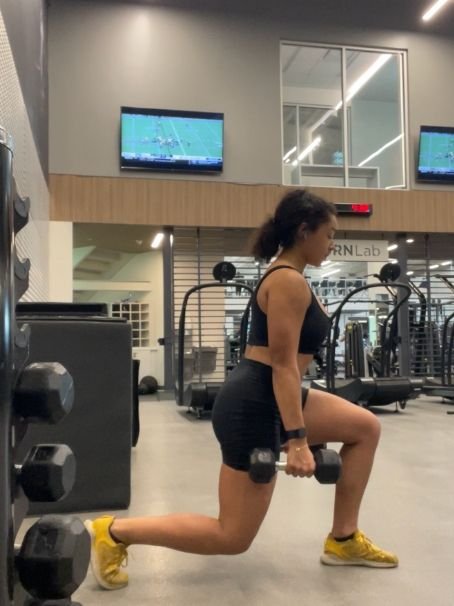
Target Areas: Quadriceps, hamstrings, glutes
Proper Form: Step back maintaining 90-degree angle in both knees
Benefits: Improves balance while engaging major muscle groups
5. Dumbbell Lunge with Bicep Curl
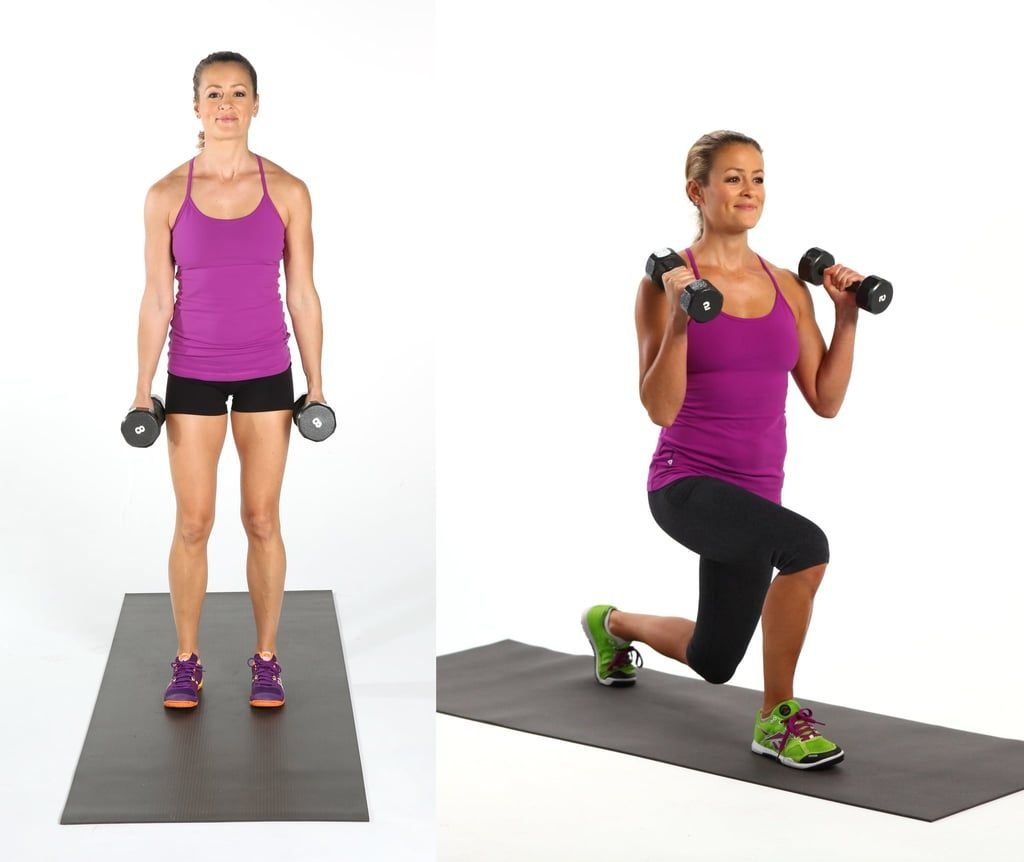
Target Areas: Lower body + biceps
Execution: Combine forward lunge with bicep curl
Benefits: Maximizes calorie burn through compound movements
6. Dumbbell Walking Lunge

Target Areas: Full-body engagement
Benefits: Excellent for cardiovascular fitness and muscle strength
7. Plank to Upright Row
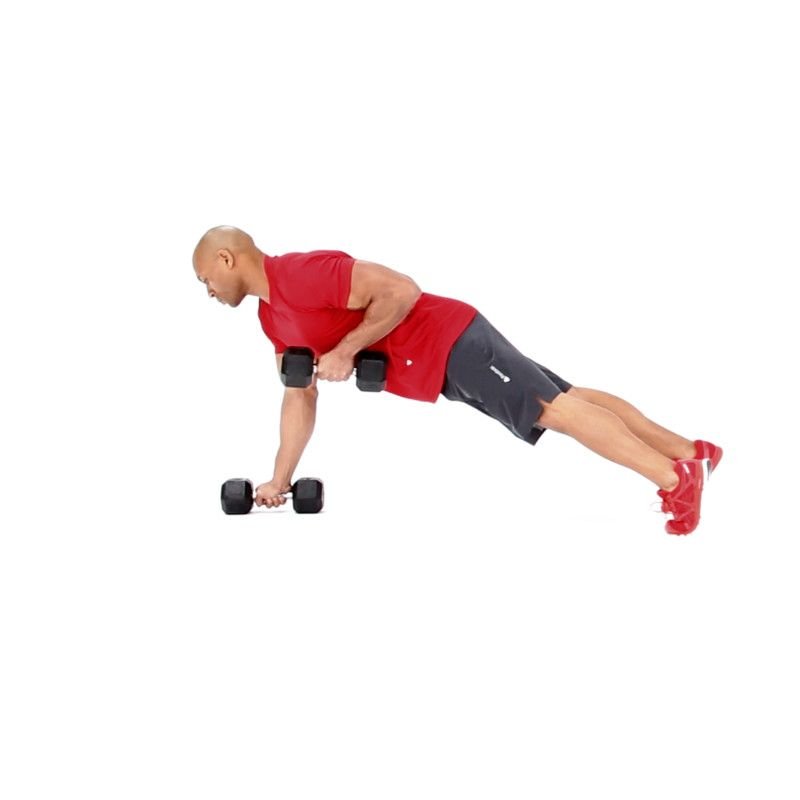
Target Areas: Core, chest, arms
Execution: Combine plank position with upright row
Benefits: High-intensity workout for maximum calorie burn
8. Squat Thruster

Target Areas: Full-body workout
Execution: Combine squat with overhead press
Benefits: Increases heart rate for effective fat loss
9. Cross Behind Lunge with Lateral Curl
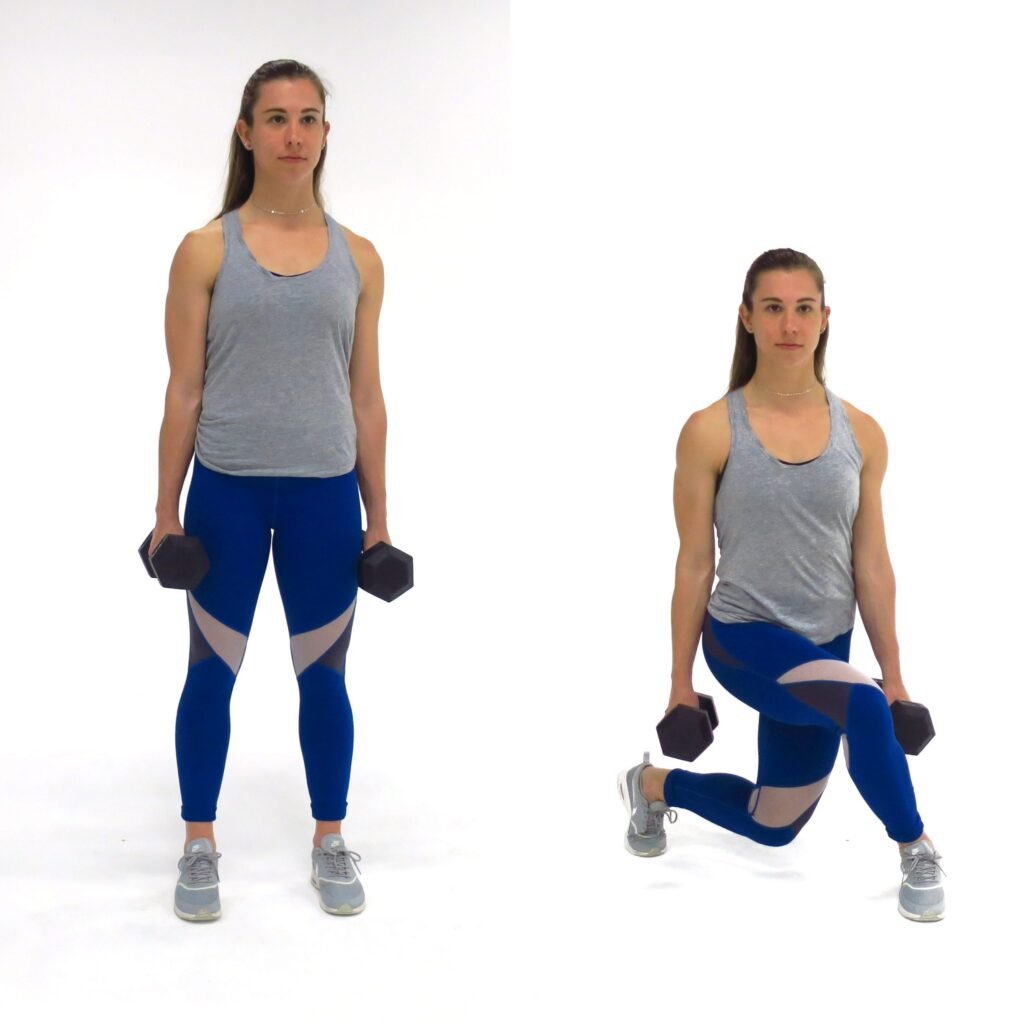
Target Areas: Legs, back, shoulders
Proper Form: Cross legs while maintaining balance
Benefits: Engages multiple muscle groups simultaneously
10. Arnold Press
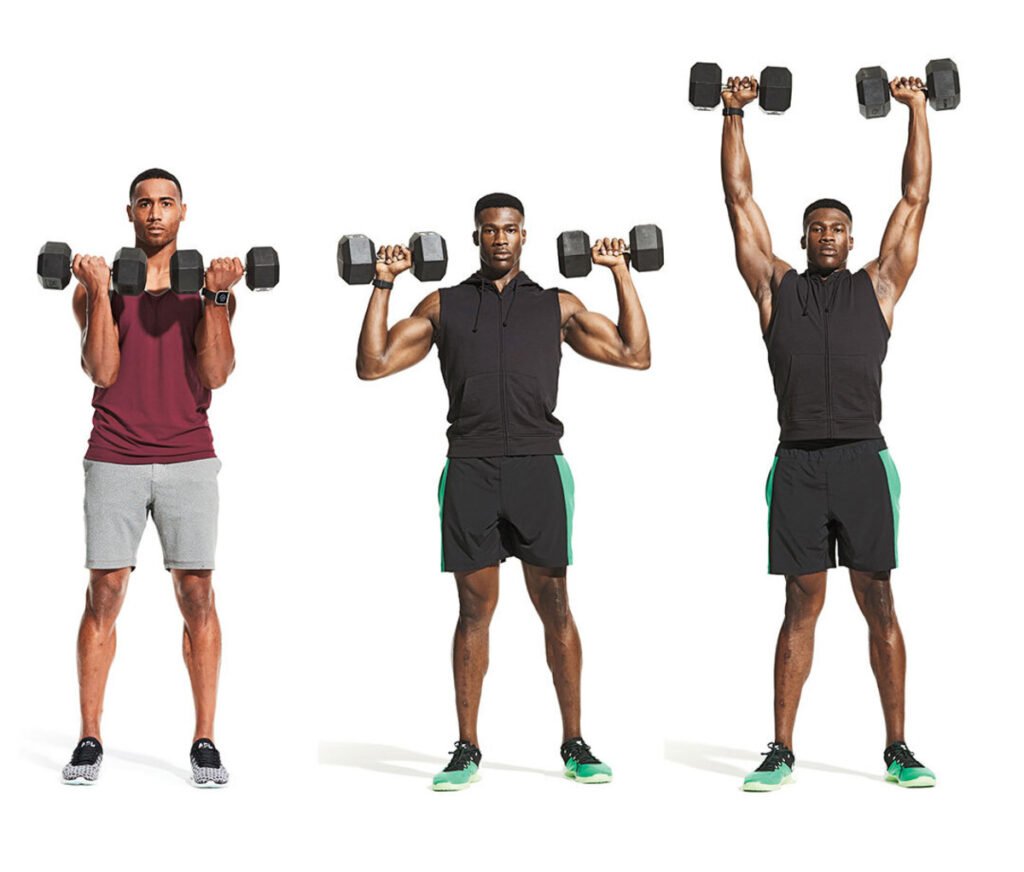
Target Areas: Shoulders, upper back
Benefits: Builds shoulder strength while engaging core muscles
11. Dumbbell Bench Press
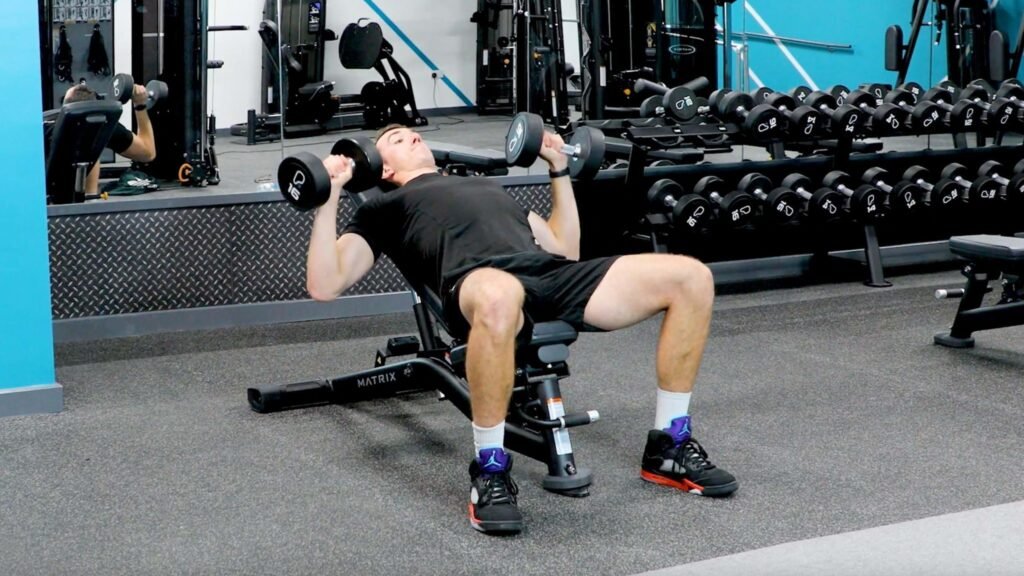
Target Areas: Chest, shoulders, triceps
Benefits: Builds upper body strength and muscle mass
12. Goblet Squat
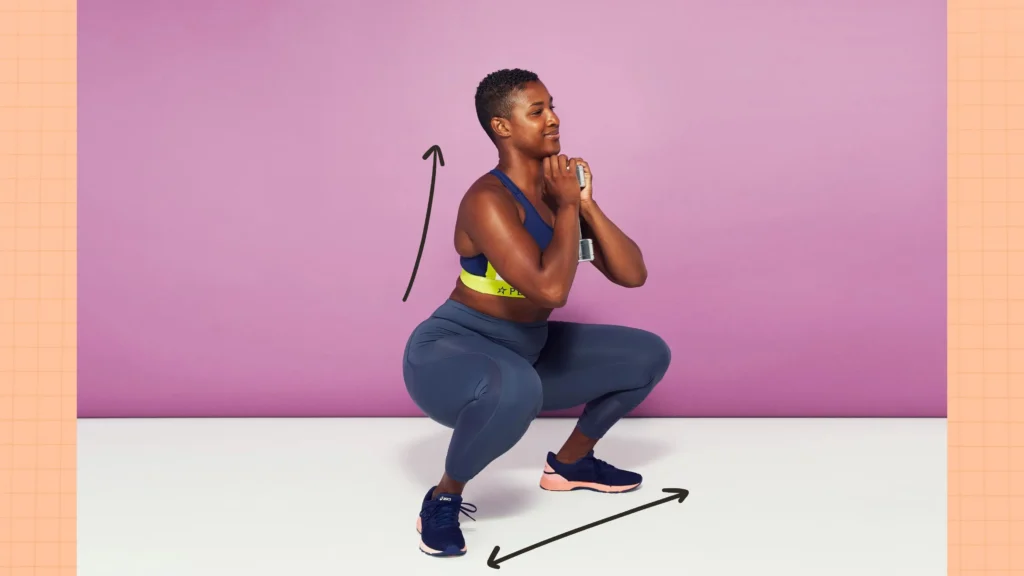
Target Areas: Lower body, core
Benefits: Perfect for beginners learning proper squat form
13. Romanian Deadlifts
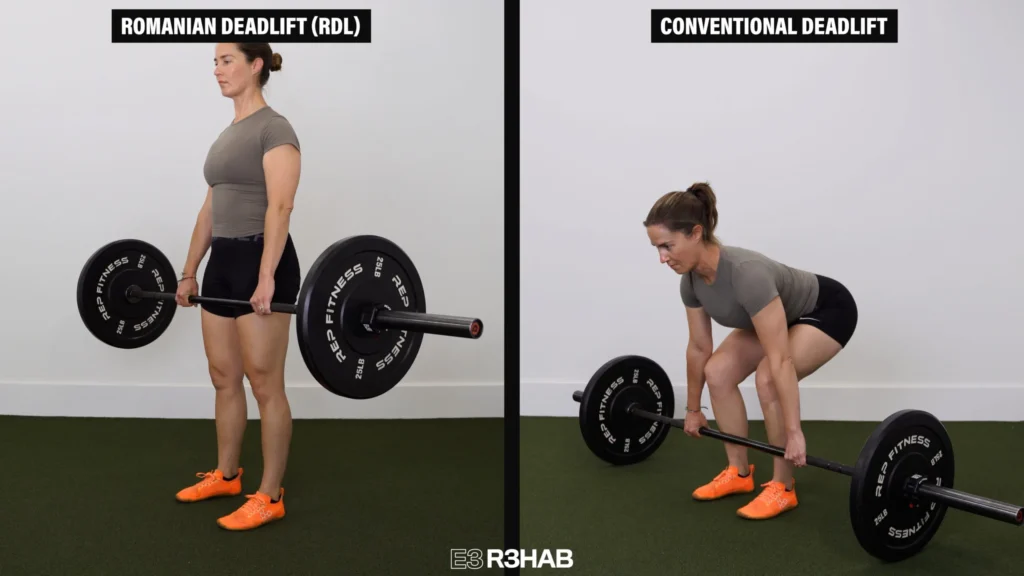
Target Areas: Posterior chain
Benefits: Excellent for building lean muscle mass
14. Russian Twist
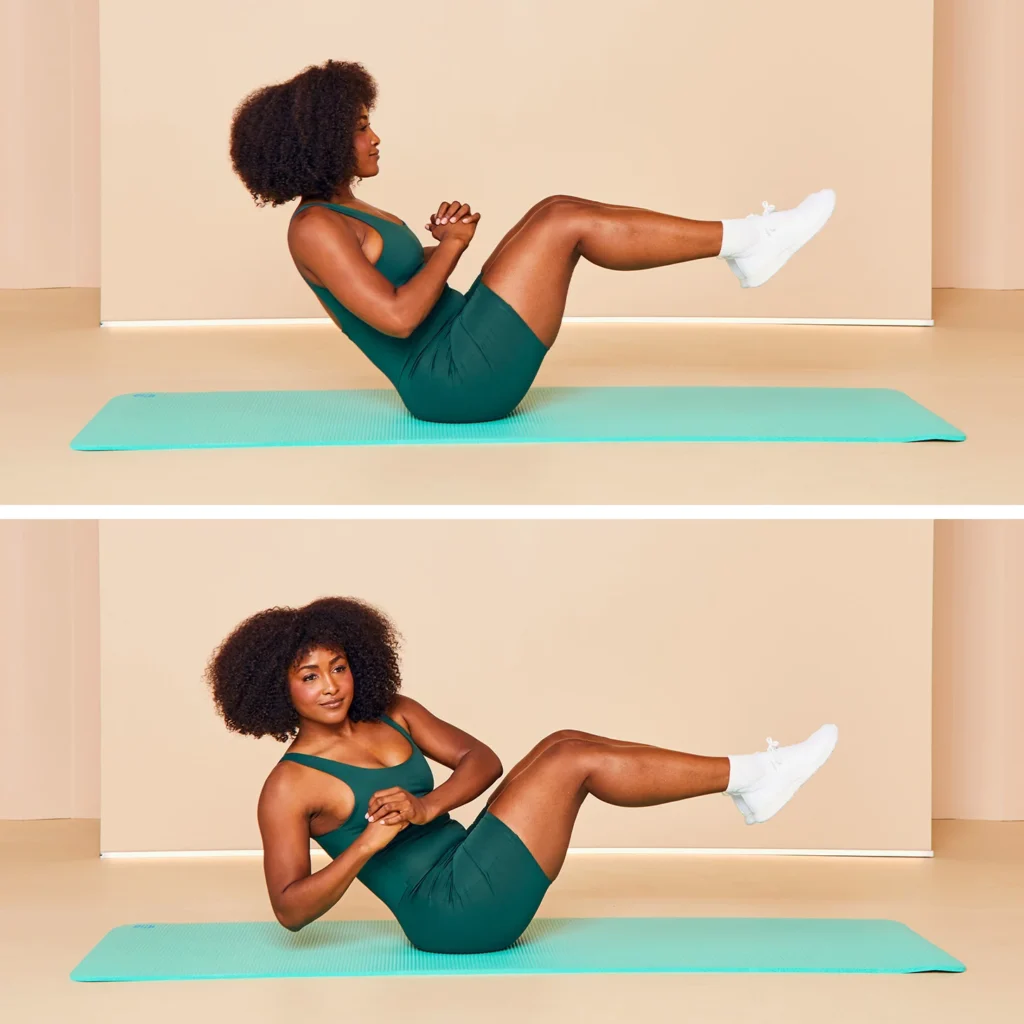
Target Areas: Core, obliques
Benefits: Targets belly fat while strengthening core
15. Spider Curls
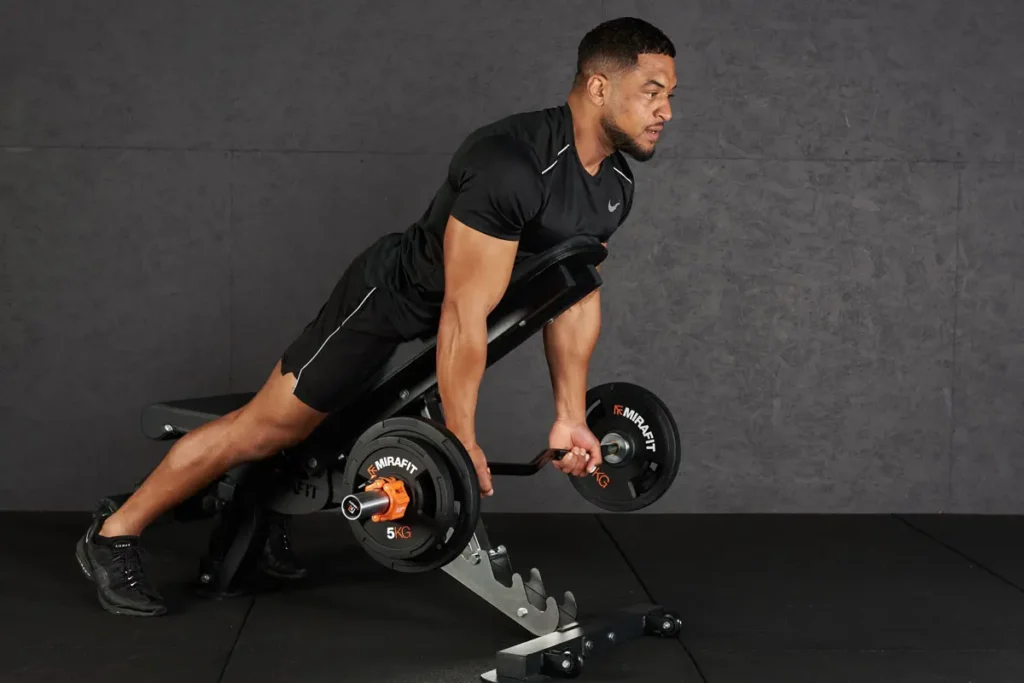
Target Areas: Biceps, forearms
Benefits: Isolation exercise for upper arm development
Programming Your Workout

For optimal weight loss results, structure your workout as follows:
- Perform 3-4 sets of 12-15 reps per exercise
- Rest 30-60 seconds between sets
- Include rest days between workouts
Gradually increase weights as you progress
The Science Behind Results
Research shows that dumbbell training can significantly impact metabolism and calorie burn. Studies indicate that resistance training can lead to sustained calorie burn post-exercise through excess post-exercise oxygen consumption (EPOC) . This means your body continues burning calories even after your workout ends.
Safety Tips and Form Checks

To maximize results while minimizing risk of injury:
- Keep shoulder blades retracted during upper body exercises
- Maintain neutral spine alignment
- Engage core muscles throughout movements
- Use adjustable dumbbells to progress gradually
- Consider working with a certified personal trainer initially
The Ultimate Guide to Combining Workout and Diet for Weight Loss
Successfully losing weight requires a strategic combination of exercise and proper nutrition. This comprehensive guide will help you understand how to effectively merge these two crucial components for optimal results.
Understanding the Fundamentals
Weight loss occurs when you create a calorie deficit, meaning you burn more calories than you consume. While this principle seems simple, the execution requires careful planning of both diet and exercise routines. Research shows that combining both elements leads to more sustainable and effective results than focusing on either component alone.
The Diet Component
Calorie Intake
The foundation of weight loss starts with managing your caloric intake.
Here’s how to approach it:
- Calculate Your Needs: Determine your daily caloric needs based on: Current weight, activity level, weight loss goals, basal metabolic rate
- Create a Deficit: Aim for a moderate caloric deficit of 500-750 calories per day, which can lead to a healthy weight loss of 1-1.5 pounds per week
Macronutrient Distribution
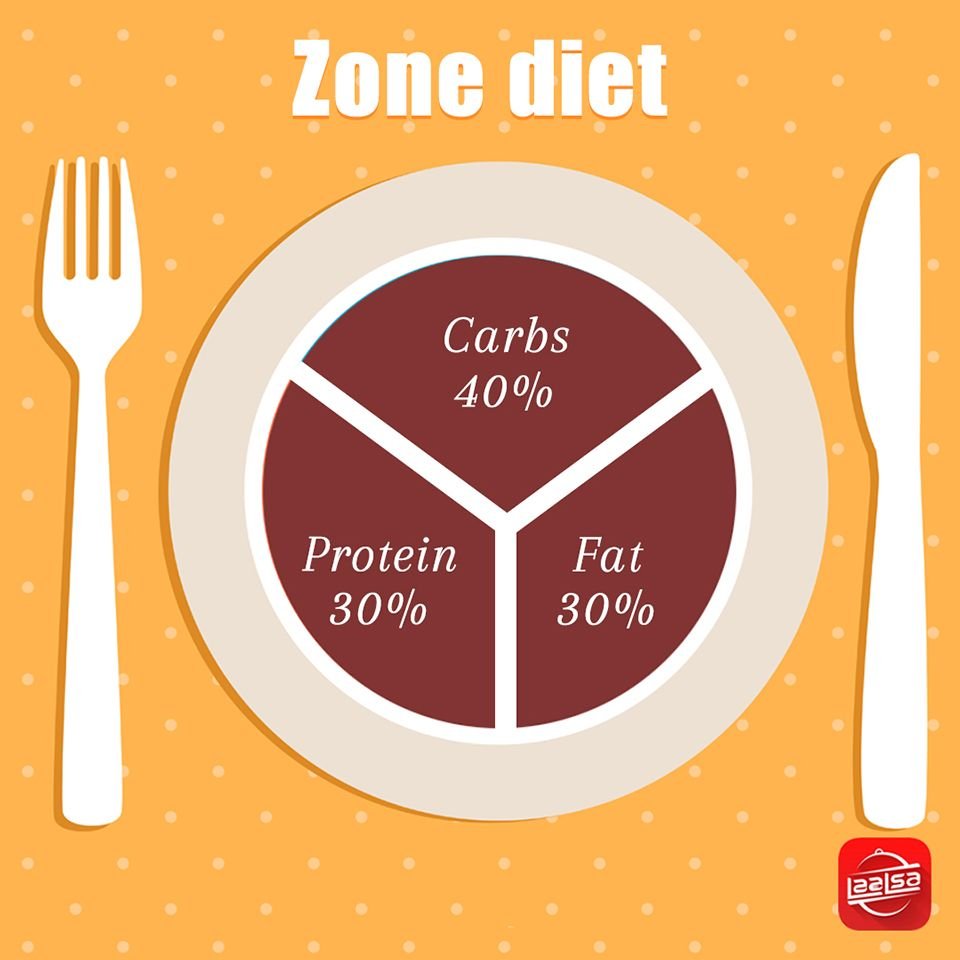
For optimal weight loss results, focus on these macronutrient ratios:
- Protein: Consume 0.8-1.2g per pound of body weight, helps preserve muscle mass during weight loss, increases satiety, has a higher thermic effect
- Carbohydrates: Focus on complex carbohydrates, provide energy for workouts include fiber-rich sources, time them around workouts
- Healthy Fats: Include moderate amounts, support hormone production, aid in nutrient absorption, help maintain satiety
The Exercise Component
Balanced Workout Program
Create a workout routine that includes:
1. Strength Training:

- 3-4 sessions per week
- Focus on compound movements
- Progressive overload principle
- Helps build and maintain muscle mass
2. Cardiovascular Exercise:

- 150-300 minutes of moderate-intensity cardio per weekInclude both steady-state and high-intensity interval training (HIIT)
- Burns calories and improves heart health
3. Recovery:
- Include 1-2 rest days per week
- Active recovery through light activities
- Proper sleep and stress management
Optimal Timing Strategies
Meal Timing

Research indicates that meal timing can significantly impact weight loss results :
1. Pre-Workout Nutrition:
- Eat 2-3 hours before exercise Include complex carbs and protein
- Keep portions moderate
2. Post-Workout Nutrition:
- Consume within 30-60 minutes after exercise
- Focus on protein and carbs
- Aid recovery and muscle repair
Exercise Timing

Studies suggest that morning workouts may be more effective for weight loss :
- Exercise between 7:00-11:59 AM when possible
- Maintain consistency with workout timing
- Consider fasted morning cardio if it suits your schedule
Common Pitfalls to Avoid
- Over-Relying on Exercise: Don’t try to out-exercise a poor diet
- Extreme Restrictions: Avoid severely limiting calories, which can: slow metabolismLead to muscle loss, cause nutrient deficiencies
- Inconsistent Habits: Maintain regularity in both diet and exercise
Creating a Sustainable Plan
Weekly Structure Example:
- Monday:
Strength training (morning)
High-protein breakfast
Balanced meals throughout day
- Tuesday:
HIIT cardio session
Focus on post-workout nutrition
Moderate carb intake
- Wednesday:
Strength training
Emphasis on protein intake
Strategic carb timing
- Thursday:
Steady-state cardio
Balanced macronutrient distribution
Hydration focus
- Friday:
Strength training
Higher carb intake for energy
Post-workout protein emphasis
- Saturday:
Active recovery or light cardio
Flexible meal planning
Maintenance of portion control
- Sunday:
Complete rest day
Meal prep for the week
Focus on quality nutrition
Progress Monitoring
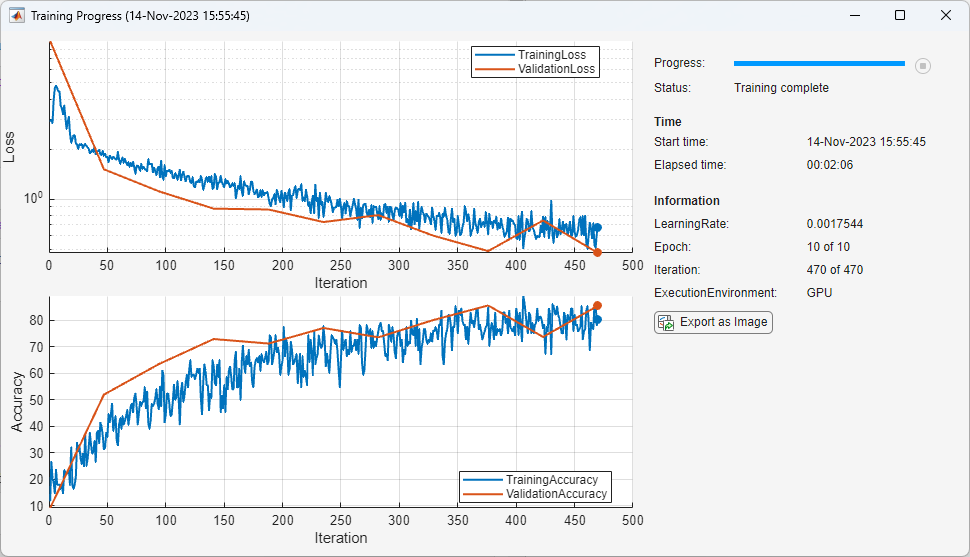
Track your progress through:
- Weekly weigh-ins
- Body measurements
- Progress photos
- Strength gains
- Energy levels
- Sleep quality
Long-term Success Strategies
- Gradual Changes: Implement changes slowly for better adherence
- Flexibility: Allow for occasional treats while maintaining overall consistency
- Support System: Consider working with a certified personal trainer or nutritionist
- Stress Management: Include stress-reduction techniques as part of your plan
Remember that successful weight loss is a journey that requires patience and consistency. The key is finding a sustainable approach that you can maintain long-term while achieving your desired results. By combining proper nutrition with effective exercise strategies, you create a comprehensive approach to weight loss that addresses both the energy intake and output sides of the equation.
Essential Sport Recovery Tips for Peak Performance
Sleep: The Foundation of Recovery

Sleep is the cornerstone of athletic recovery, with research showing it’s crucial for muscle repair and overall recovery. Athletes should:
- Aim for 8-10 hours of sleep per night
- Maintain a consistent sleep schedule
- Create a comfortable sleep environment
- Consider 20-30 minute afternoon naps
Nutrition and Hydration Strategies

Proper post-exercise nutrition is vital for recovery:
- Consume 1.0-1.5g of carbohydrates per kg of body weight within 4 hours post-exercise
- Include 0.25-0.5g of protein per kg of body weight post-workout
- Drink 125-150% of fluid volume lost during exercise
- Time nutrient intake within 30-60 minutes after exercise
Active Recovery Methods
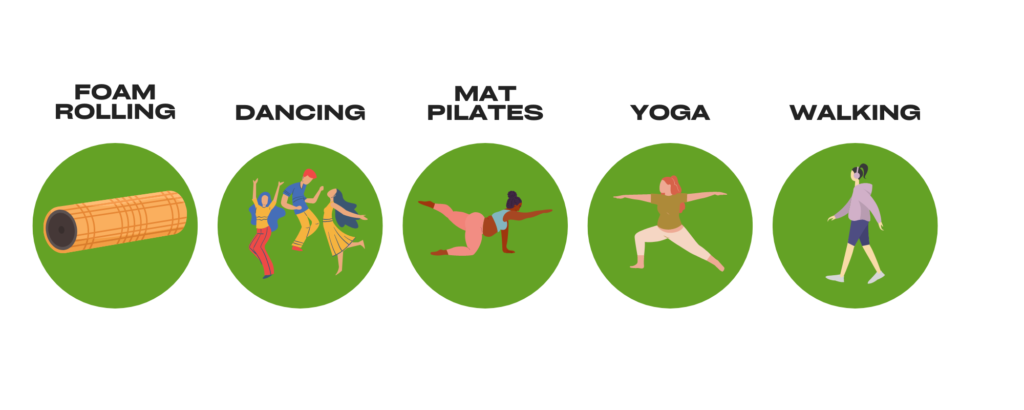
Active recovery has proven more effective than passive rest :
- Engage in low-intensity exercise
- Perform light stretching
- Include brief 6-10 minute active recovery sessions
- Focus on flexibility exercises
Cold Therapy and Compression

Research supports these recovery methods:
- Use cold water immersion to reduce inflammation and muscle soreness
- Wear compression garments to improve blood flow
- Consider cryotherapy for muscle fatigue and pain relief
- Apply ice to specific areas of soreness
Massage and Manual Therapy

Massage can aid recovery by:
- Reducing muscle tension
- Decreasing inflammation markers
- Improving circulation
- Alleviating muscle soreness
Recovery Protocol Tips
- Listen to your body and adjust recovery methods as needed
- Combine multiple recovery techniques for optimal results
- Maintain consistent recovery routines
- Include rest days in your training schedule
- Focus on stress management techniques
Remember that recovery is highly individual, and what works best may vary from person to person. The key is to develop a comprehensive recovery strategy that incorporates multiple methods while prioritizing the fundamentals of sleep, nutrition, and active recovery.
Conclusion

These 15 dumbbell exercises form a comprehensive approach to weight loss through strength training. By incorporating these movements into your fitness routine, you’ll be taking a sure-fire way toward achieving your weight loss goals while building overall strength and improving bone density.
Remember to maintain proper form, progress gradually, and listen to your body. With consistency and dedication, these exercises will prove to be a great addition to your weight management journey.

